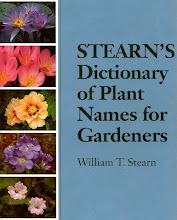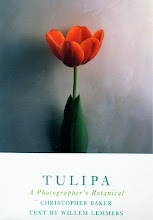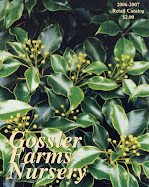Garden of Remembrance in Seattle April 2010
Garden of Remembrance April 2010
Garden of Remembrance April 2010
Garden of Remembrance April 2010
Garden of Remembrance April 2010
The Garden of Remembrance shares space with Benaroya Hall on 2nd Avenue at University Street in Downtown Seattle. It is impossible to fault the design in any way. It is exquisitely tasteful. The paving & stone work is beautiful. The planting design is unusually complex for such a small, intensely urban space. Many trees, a small waterfall & plenty of seating make this a very pleasant, shaded place to rest. The contrast with the nearby Harbor Steps could hardly be greater. This memorial to Washingtonians who died in military conflicts was designed by Murase Associates, with engraved black granite slabs similar to the Vietnam Veterans Memorial in Washington DC. The Garden of Remembrance is near the Seattle Art Museum & the Pike Place Market. The University Street Station of the Seattle Transit Tunnel has an exit that leads to the Garden of Remembrance.



























































































